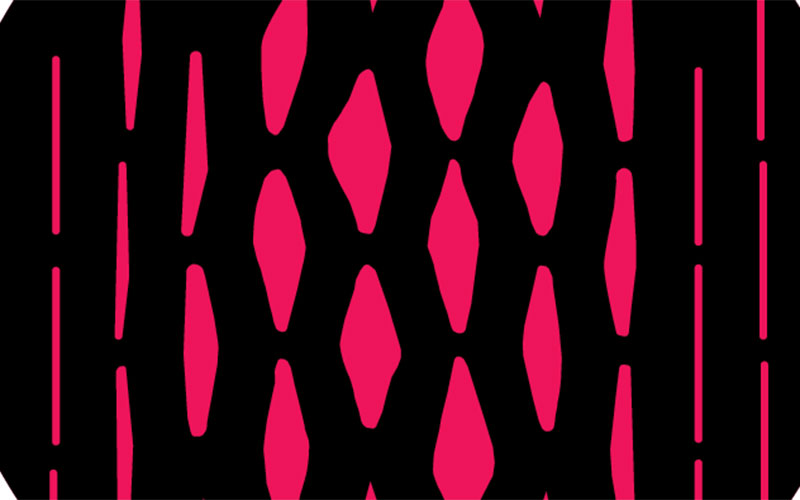What is kirigami?
An Asian folk art that is a variation of origami, but includes cutting, rather than solely folding. The term was coined in 1962 by Florence Temko, for her book Kirigami, the Creative Art of Papercutting.

Fascinating, but this isn’t a craft magazine.
Actually, researchers from the Massachusetts Institute of Technology (MIT) have been using kirigami-style cutting in the development of stretchy films to secure bandages to the skin.
Do bandages need more securing?
Yes – it can be very tricky to securely apply bandages to knees and elbows, as bending the affected joint can quickly cause the securing adhesive to peel away from the skin.
How does the film work?
The adhesive film can stick to highly deformable regions of the body, such as the knee and elbow, and maintain its hold even after 100 bending cycles. The key to the film’s clinginess is in the pattern of slits that the researchers cut into the film.
Why do these slits improve adhesion?
The researchers attached the “kirigami film” to a volunteer’s knee and found that each time the knee was bent, the film’s slits opened at the centre, in the region of the knee with the most pronounced bending, while the slits at the edges remained closed. The slits that open allow the release of tension that would otherwise cause the entire film to peel away from the skin.
Will this tape have other uses too?
Ruike Zhao, a postdoc in MIT’s Department of Mechanical Engineering, says kirigami-patterned adhesives may lead to a range of new products, from everyday medical bandages to wearables and soft electronics.
